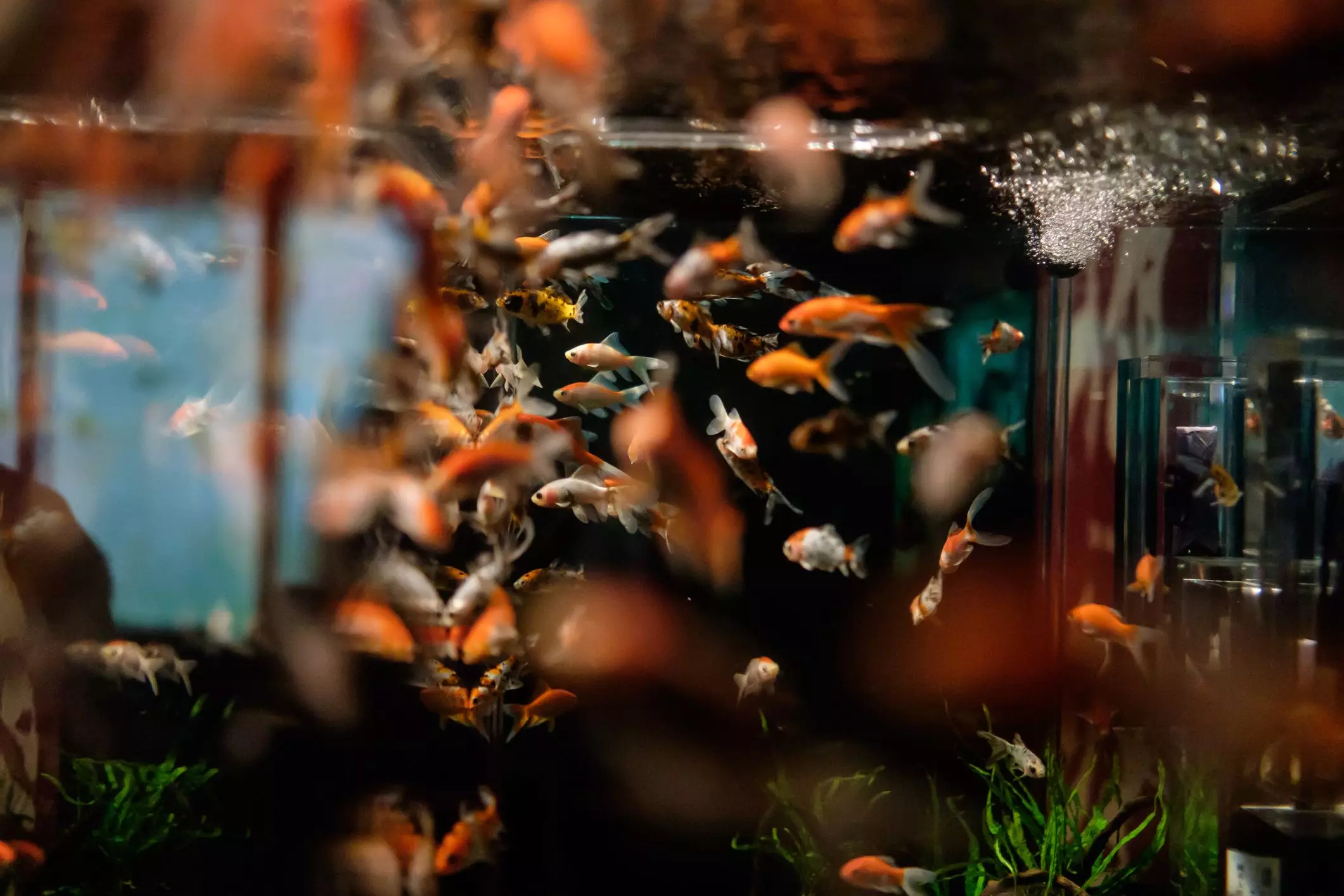Breeding fish in an aquarium is one of the most rewarding experiences any enthusiast can encounter within this hobby. Observing a pair of fish chosen with care go through the natural process of mating, producing fry, and raising them is a substantial accomplishment that goes beyond mere aesthetics. Not only does this journey enhance an aquarist’s skill set, but it also provides an opportunity to share the joy of aquatics with others through the offspring you nurture.
In nature, many fish species are inclined to breed during the spring when conditions imitate their natural habitats; temperatures rise, and daylight increases. However, savvy aquarists can trick their fish into thinking it’s springtime, regardless of the calendar. By performing regular water changes, elevating the aquarium temperature, and gradually extending lighting periods, you can simulate this seasonal cue.
Recreating a fish’s natural environment requires attention to detail. Providing appropriate breeding conditions, ample hiding places, and an abundance of protein-rich food will help condition your fish to mate successfully. As most species exhibit unique spawning methods, it’s crucial to tailor your aquarium setup to meet their individual needs. Selecting healthy pairs showcasing vibrant colors and vitality increases the likelihood of successful breeding.
Finding the Right Fish
Timing is essential for acquiring the right fish for breeding. It’s best to shop for breeding candidates in late winter or early spring, when local pet stores are stocked with healthy, conditioned fish that are ready to mate. Often, wild-caught fish in tropical fish farms are coaxed into spawning during this season, providing you a better chance to find robust breeding stock.
Once you’ve chosen your breeding pair, it’s imperative to provide them a dedicated aquarium. This environment should include suitable spawning substrates or decorations that support how the species typically lays eggs. Whether it’s plants or specific gravel layouts, the right setup is key to successful reproduction.
Conditioning your fish is a critical phase where nutrition plays a pivotal role. You should amplify their food intake to about three times a day, emphasizing high-protein options. Live brine shrimp are an excellent choice, and if unavailable, frozen brine shrimp will suffice. Separating the males and females visually but keeping them within sight can also encourage breeding behavior.
Temperature adjustments should be made as well. Raising the water temperature to around 78-82 degrees Fahrenheit (depending on species) offers the necessary warmth that signals breeding readiness. Concurrently, monitor pH levels and water hardness, as many fish thrive under specific conditions. Knowledge about the particular preferences of your chosen species is paramount.
One of the most challenging aspects of breeding is ensuring the survival of the newly hatched fry. Providing them with the right initial food source is essential. Infusoria—tiny microorganisms like bacteria, protozoa, and algae—are often the recommended first food. A simple method to cultivate infusoria is to introduce a decomposing lettuce leaf into the spawning tank; it serves as a source of these microorganisms for the first week.
Afterward, switch to finely powdered prepared foods or paste foods designed for fry. You can also make a nutritious blend from the yolk of a hard-boiled egg mixed with water. As fry grow, incorporate more varied foods, such as crushed flake food and tubifex worms. Maintain a rigorous feeding schedule, offering food six or more times daily to prevent any risk of starvation.
Choosing the Right Aquarium Size and Setup
For aspiring fish breeders, a 10-gallon tank is an exceptional starting point. It offers sufficient space for breeding pairs and fry while being practical for maintenance. Basic equipment—an air pump, sponge filter, heater, and efficient lighting—will set you up without excessive cost. Once breeding concludes, the compact size allows for easy storage, making it a versatile option for any enthusiast’s collection.
Starting with beginner-friendly species is advisable. Options such as the zebra danio or rosy barb, both known for their egg-scattering habits, can simplify the introduction to breeding. As confidence grows, aquarists can explore various breeding methods, including substrate spawning or mouthbrooding, which requires more specialized knowledge and care.
Breeding fish is not just about producing more aquatic life; it’s an enriching experience that deepens understanding and appreciation of the aquarium hobby. With the right preparation, conditions, and commitment, any aquarist can embark on this fulfilling journey of discovery and enjoyment.

